Valle d’Aosta is the smallest Italian region, located in North-Western part of the country. It takes its name from its capital, Aosta, and is very famous for its majestic mountains: the highest peaks in the Alps are, in fact, from Valle D’Aosta. Furthermore, it is a hiking paradise for experts and athletes, but also for families and children.
Despite not being one of the primary wine regions of the country, in recent years there has been a constant qualitative and quantitative increase in productions, which allowed local producers to obtain numerous national and international awards.
Our Choices from Aosta Valley
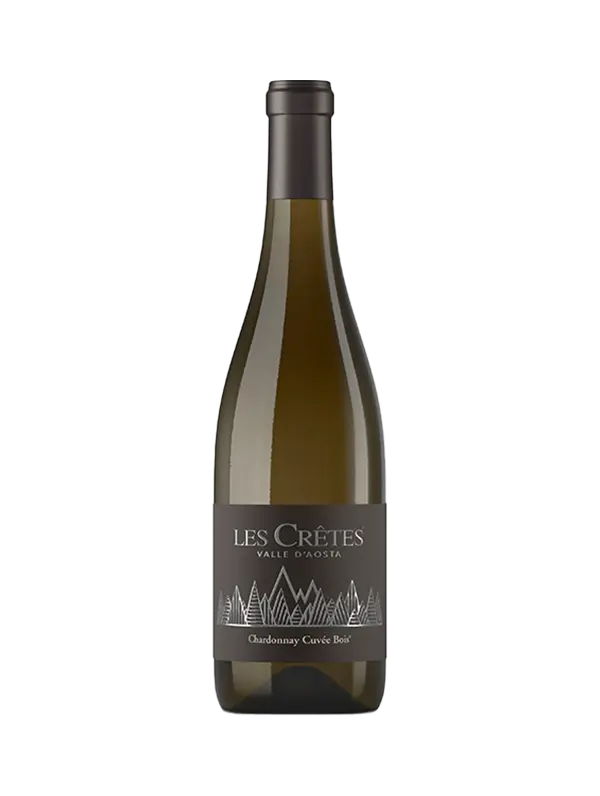
Cuvée Bois Chardonnay
A rich powerful Chardonnay with prominent oaky notes of butter and vanilla
Read more
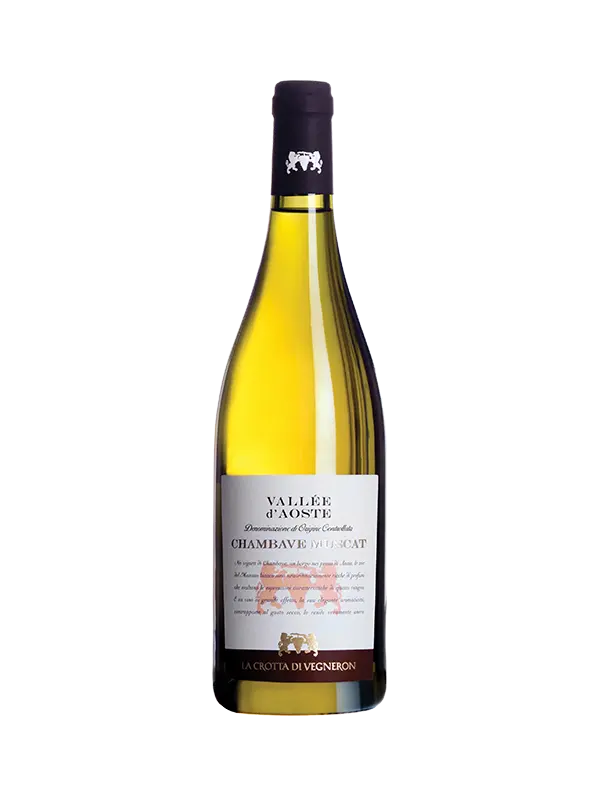
Chambave Muscat
A highly aromatic white with apricot, peach, floral and herbaceous notes.
Read more
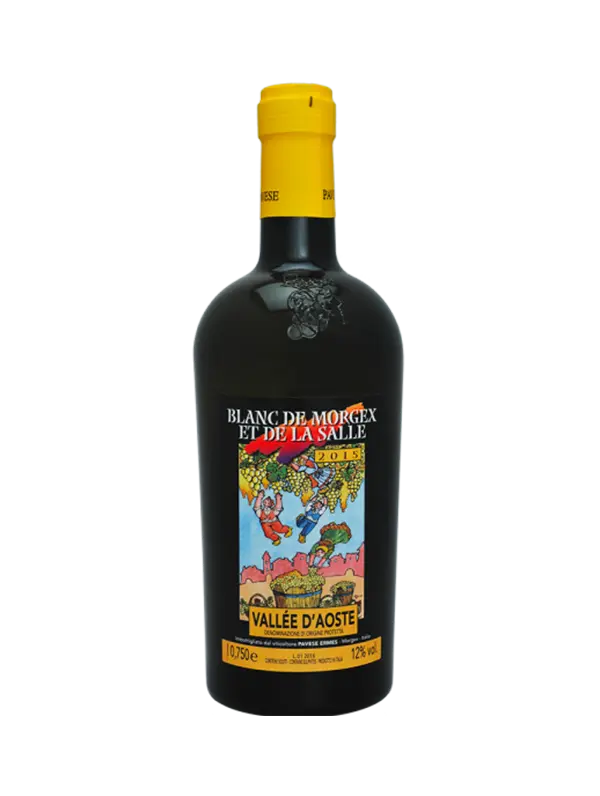
Blanc de Morgex et de la Salle
Delicate floral notes on the nose, along with pear, herbs and white pepper.
Read more
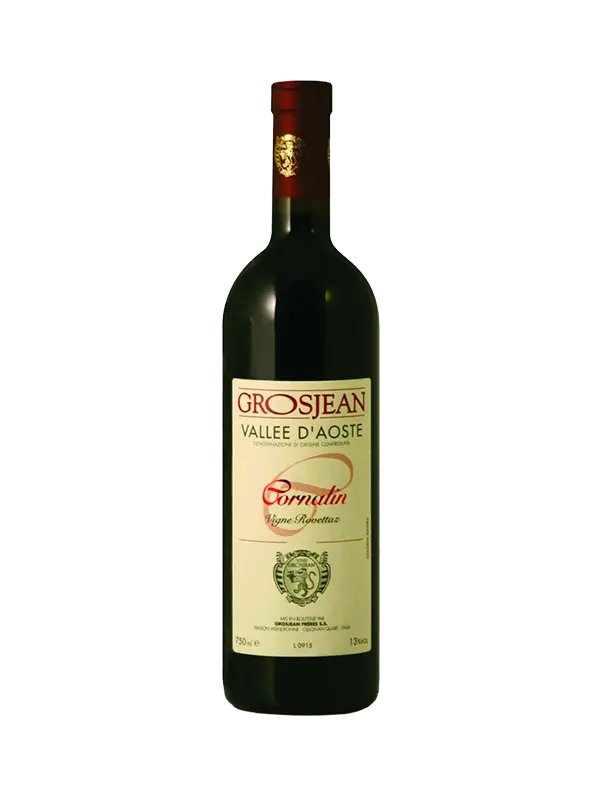
Vigne Rovettaz Cornalin
A structured red with smoky mineral notes, pepper, rosemary and red berries.
Read more
Aosta Valley's key Wine Areas
Valle d’Aosta DOC
The Valle d'Aosta Designation of Origin was recognised in 1971 and has undergone changes over time, introducing new varieties, most of which are indigenous.
Food Parings
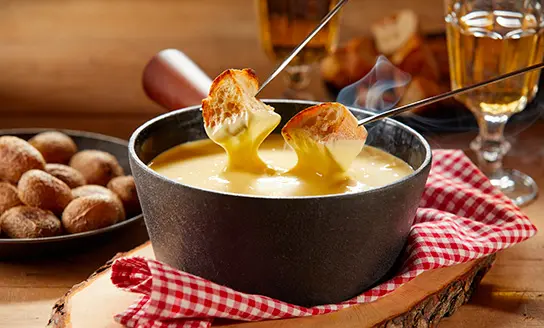
Starter: Fonduta
A dish based on fontina cheese, characteristic of the Alpine area, which is melted and eaten with crunchy croutons.

Main course: Zuppa alla Valdostana
A hearty soup made from cabbage, bread, butter, and broth. Typically topped with a Fontina cheese covered crouton.

Main course: Carbonade
A meat stew made with nutmeg, pork belly and butter and often served with polenta and a bottle of red wine.
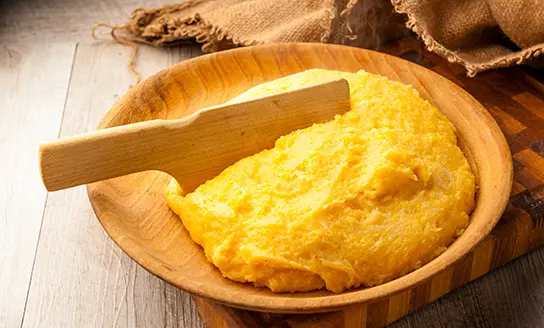
Second course: Polenta alla Valdostana
A Polenta dish made with corn flour, butter and Fontina cheese, it is the regional dish par excellence.
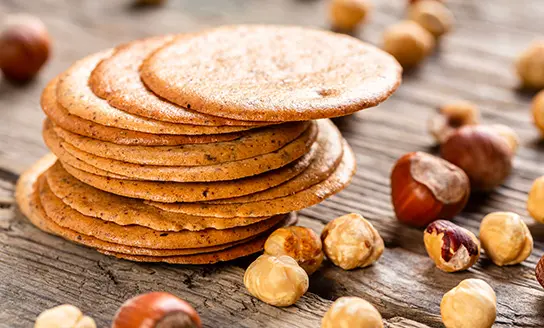
Dessert: Tegole
Delicious biscuits made with hazelnuts, almonds, and vanilla. A bottle of Muscat is the wine that best suits this dessert.
Each recipe is linked to a centuries-old tradition of hunting and breeding.
Here, people needed to face the low temperatures of the region. Therefore, Valle d’Aosta cuisine is characterised by high-calorie preparations, often based on Fontina, D.O.P., the traditional cheese born in 1200 and the undisputed king of the regional cuisine of this region.
FAQS
What wine is Valle d’Aosta known for?
Valle d'Aosta is the queen of the Alps: protected by the imposing peaks of Mont Blanc, the “Cervino”, the Gran Paradiso, this autonomous region of Italy is well known for its parks, botanical gardens, and nature trails.
It is also much appreciated for its wines coming for the most part from native grapes and for its good food, often based on cheese.
What grapes are grown in Valle d’Aosta?
The region produces around 60% red wines and 40% white wines. Among the most important reds, Merlot, Nebbiolo and Petit Rouge stand out. Famous whites include Muscat, Chardonnay and Prié Blanc.
What is distinctive about Valle d'Aosta wines?
Thanks to the cool temperatures in the upper valley the wines retain racy acidity which has become a hallmark of the wines of Valle d’Aosta.
Red wines of the area have good acidity and structure while white wines have floral and mineral aromas.
Which is the best time to visit Valle d’Aosta?
In winter, the best time to go to Valle d'Aosta is from the end of December to mid-March. In summer, it is ideal to come here from the end of June to the first fortnight of September.
What is unique about Valle d’Aosta compared to other parts of Italy?
There are several good reasons to visit this region.
There are excellent typical products to eat and incredibly good wines to drink. In addition, there are plenty of walking and sporting activities. The region is mountainous and allows you to breathe clean air, to relax in the midst of nature in the silence and peace of the Valle d’Aosta mountains.
Want to know it all?
Valle d’Aosta: region in a nutshell
Total vineyard area:
420 hectares (60% red wines, 40% white wines)Number of producers:
1,000Total wine production per year
20,000 hectolitresNumber of DOCGs:
0Number of DOCs:
1
Valle d'Aosta Wine History
The presence of wine in Valle d’Aosta dates back to the Bronze Age, as evidenced by the recent discovery of grape seeds in the archaeological area of Saint-Martin-de-Corléans in Aosta.
The cultivation of specialised vineyards for the production of wine is generally attributed to the Romans. Viticulture in this region underwent a slow decline, starting from the end of the 19th century until the middle of the last century.
There were several causes for its downsizing: the appearance of phylloxera and cryptogamic diseases (powdery mildew and downy mildew), the world wars, the advent of the railway which facilitated the importation of low-cost wines from other regions and the industrialization that took away labour from agriculture.
Starting from the 70s, with the birth of the first cooperatives, there was a wider production with a consequent improvement in the quality of the wines.
Valle d'Aosta Viticulture
Valle d'Aosta is the smallest winemaking region of Italy with just 400 hectares, and a total production of less than 500,000 bottles under the DOC label.
A peculiarity of the Valle d'Aosta viticulture is the fragmentation of the cultivated area into plots of modest surface. In the last thirty years, Valle d’Aosta wines have had a notable qualitative growth, as evidenced by the numerous national and international awards they have received.
About 70% of the production is consumed locally thanks to the tourism that visits this region throughout the year. The 20% are destined for sale in other Italian regions, while the remaining 10% is destined for export.
Valle d'Aosta Top Wineries To Visit
Grosjean Vin
This company has been working with the land and its fruits for three generations. Among their labels we find Cornalin, Petit Arvine, Pinot Noir, Chardonnay and Torrette Supérieur.
D&D Maison Agricole
A small farm founded in 2002 with the aim of maintaining the family lands and recovering abandoned plots on the hill of Aosta. The family took over the work done by the grandparents who, at the beginning of the 1900s, cultivated the wine and then by the parents who took part, in the 70s, in the first exhibitions of D.O.C. of the Aosta Valley.
Chateau Feuillet
This small company of about three hectares is located in the Torrette production area. The winery of the Chateau Feuillet was founded in 1997, but it draws its origins from a winemaking tradition already started by grandfather Tinet in the sixties, based on the production of wine for family consumption.
Best white wines grapes from Valle d’Aosta
Müller-Thurgau:
Müller-Thurgau produces a pleasant, aromatic wine that is harmonious on the palate.
Priè Blanc:
Native white grape, characterised by a scent of mountain herbs and hay on the nose.
Muscat:
Straw color with intense floral aromas on the nose but a delicate and harmonious palate.
Chardonnay:
Valle d’Aosta produces a fresher, more mineral style of Chardonnay with subtle stone fruit flavours.
Best red wines grapes from Valle d’Aosta
Merlot:
An explosion of red berry aromas on the nose leads into a plush finish.
Nebbiolo:
A steely, mineral style of Nebbiolo with herb, spice and strawberry flavours.
Mayolet:
A characterful, light bodied wine producing wines of remarkable purity with delicate floral notes.
Cornalin:
Cornalin produces highly structured, aromatic wines with cherry, tobacco and violet notes.
Petit rouge:
Charming, approachable wines that can be surprisingly complex especially in the sub-region of Torrette.
